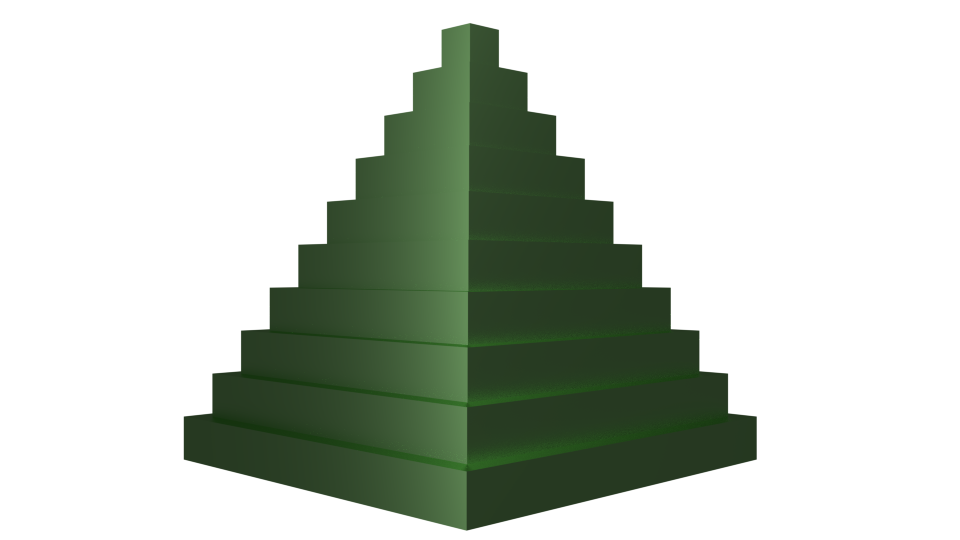(cross posed from Truth on the Market)
Recently, the en banc Federal Circuit decided in Suprema, Inc. v. ITC that the International Trade Commission could properly prevent the importation of articles that infringe under an indirect liability theory. The core of the dispute in Suprema was whether § 337 of the Tariff Act’s prohibition against “importing articles that . . . infringe a valid and enforceable United States patent” could be used to prevent the importation of articles that at the moment of importation were not (yet) directly infringing. In essence, is the ITC limited to acting only when there is a direct infringement, or can it also prohibit articles involved in an indirect infringement scheme — in this case under an inducement theory?
TOTM’s own Alden Abbott posted his view of the decision, and there are a couple of points we’d like to respond to, both embodied in this quote:
[The ITC’s Suprema decision] would likely be viewed unfavorably by the Supreme Court, which recently has shown reluctance about routinely invoking Chevron deference … Furthermore, the en banc majority’s willingness to find inducement liability at a time when direct patent infringement has not yet occurred (the point of importation) is very hard to square with the teachings of [Limelight v.] Akamai.
In truth, we are of two minds (four minds?) regarding this view. We’re deeply sympathetic with arguments that the Supreme Court has become — and should become — increasingly skeptical of blind Chevron deference. Recently, we filed a brief on the 2015 Open Internet Order that, in large part, argued that the FCC does not deserve Chevron deference underKing v. Burwell, UARG v. EPA and Michigan v. EPA (among other important cases) along a very similar line of reasoning. However, much as we’d like to generally scale back Chevrondeference, in this case we happen to think that the Federal Circuit got it right.
Put simply, “infringe” as used in § 337 plainly includes indirect infringement. Section 271 of the Patent Act makes it clear that indirect infringers are guilty of “infringement.” The legislative history of the section, as well as Supreme Court case law, makes it very clear that § 271 was a codification of both direct and indirect liability.
In taxonomic terms, § 271 codifies “infringement” as a top-level category, with “direct infringement” and “indirect infringement” as two distinct subcategories of infringement. The law further subdivides “indirect infringement” into sub-subcategories, “inducement” and “contributory infringement.” But all of these are “infringement.”
For instance, § 271(b) says that “[w]hoever actively induces infringement of a patent shall be liable as an infringer” (emphasis added). Thus, in terms of § 271, to induce infringement is to commit infringement within the meaning of the patent laws. And in § 337, assuming it follows § 271 (which seems appropriate given Congress’ stated purpose to “make it a more effective remedy for the protection of United States intellectual property rights” (emphasis added)), it must follow that when one imports “articles… that infringe” she can be liable for either (or both) § 271(a) direct infringement or § 271(b) inducement.
Frankly, we think this should end the analysis: There is no Chevron question here because the Tariff Act isn’t ambiguous.
But although it seems clear on the face of § 337 that “infringe” must include indirect infringement, at the very least § 337 is ambiguous and cannot clearly mean only “direct infringement.” Moreover, the history of patent law as well as the structure of the ITC’s powers both cut in favor of the ITC enforcing the Tariff Act against indirect infringers. The ITC’s interpretation of any ambiguity in the term “articles… that infringe” is surely reasonable.
